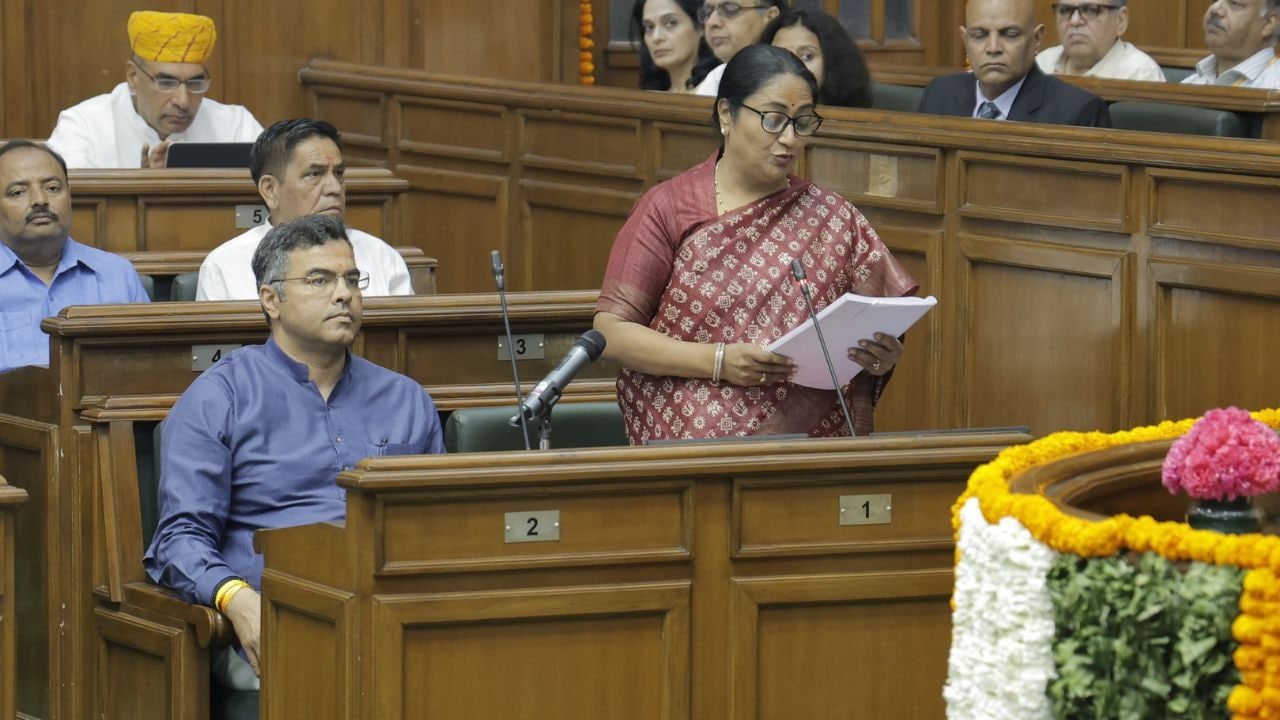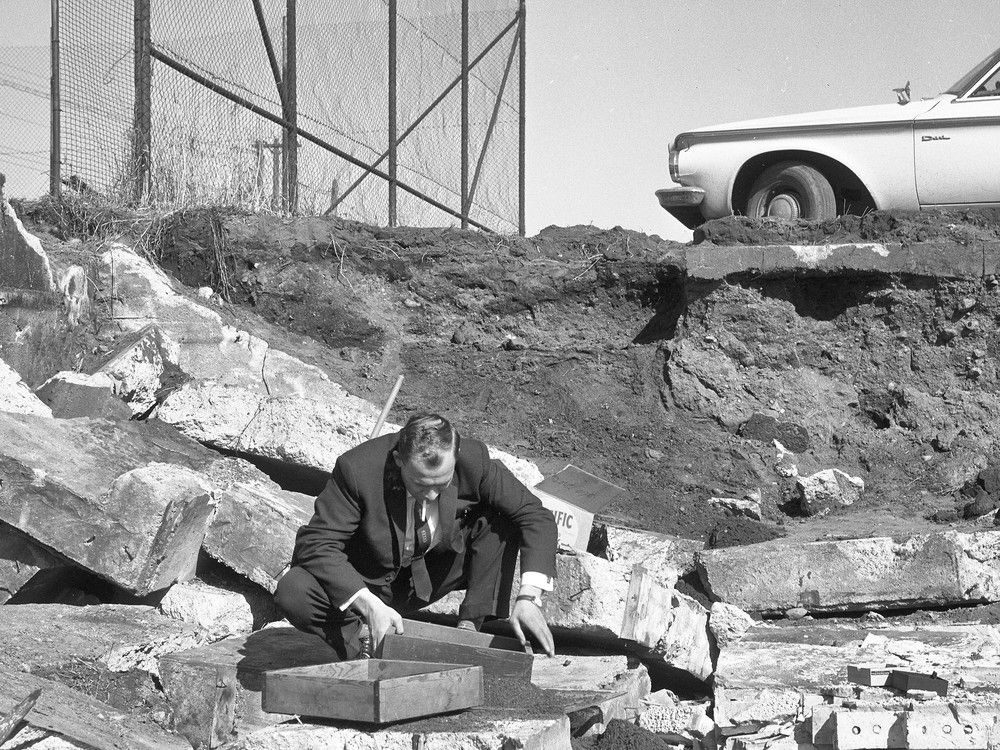
On March 25, Delhi’s newly elected Chief Minister Rekha Gupta unveiled the Bharatiya Janata Party’s (BJP) first Budget in the city state in 26 years. The ₹ 1 lakh crore financial plan for 2025-26 signals a seismic shift from the Aam Aadmi Party’s (AAP) decade-long reign. Branded as “Viksit Delhi Budget,” this blueprint reflects the BJP’s ambition to transform the capital into a modern, developed hub, echoing Prime Minister Narendra Modi’s “Viksit Bharat” vision.
With a 31.5% increase over AAP’s last ₹ 76,000 crore budget, it doubles capital expenditure to ₹ 28,000 crore, prioritising infrastructure, women’s welfare, and environmental renewal. The BJP’s landslide victory in the Delhi Assembly elections, ending AAP’s dominance, underscored public frustration with Kejriwal’s governance, often criticised for its reliance on populist subsidies.

Several analyses note that while AAP’s freebies—electricity, water, and bus rides—won votes, they left Delhi’s infrastructure crumbling and finances strained. The BJP, leveraging central support, aims to address these gaps with a “double engine” approach, though critics, including opposition, call it an unrealistic overreach, pointing to the missing Economic Survey and fiscal deficit concerns. Yet, supporters see it as a bold reset.
Infrastructure as the Foundation of Progress The ₹ 28,000 crore budget allocation for capital expenditure is a quantum leap from AAP’s ₹ 15,089 crore, with Rs 1,000 crore earmarked for roads and ₹ 12,952 crore for transport upgrades. Delhi’s infrastructure—potholed roads, collapsing flyovers, and choked drains—languished under AAP, despite its populist appeal. Past analyses reveal that Kejriwal’s government spent heavily on subsidies (e.
g., ₹ 2,650 crore on power in 2024-25) while neglecting structural repairs, leaving commuters stranded and businesses stifled. The new government's capital expenditure plan includes widening 100 key roads, building 10 new flyovers, and expanding the Delhi Metro by 50 kilometers, aims to unclog a city paralysed by traffic and neglect.
Experts argue this could boost economic productivity, with studies estimating a 1% GDP increase per 10% rise in infrastructure spending. However, the shift from freebies to projects may alienate AAP’s voter base, accustomed to immediate benefits. Additionally, execution timelines—often delayed in Delhi’s bureaucratic tangle—will test whether this vision translates into reality or remains a paper promise.
Empowering Women Economically Gupta’s ₹ 5,100 crore Mahila Samridhi Yojana, offering ₹ 2,500 monthly to eligible women, marks a radical departure from AAP’s pink bus ticket scheme, which provided free rides but little economic uplift. Complemented by ₹ 210 crore for nutrition and health support for pregnant women, this initiative targets financial independence over symbolic gestures. Analyses also suggest that cash transfers, if properly targeted, could raise household incomes by 15-20%, empowering women to invest in education or small businesses.
AAP’s approach, while praised for accessibility, lacked depth—its ₹ 1,000 crore women’s welfare budget in 2024-25 focused on optics rather than outcomes. The BJP’s scheme, inspired by similar programs in states like Madhya Pradesh, aims to reach 20 lakh women, but identifying beneficiaries in Delhi’s sprawling urban slums and middle-class colonies poses a daunting challenge. Critics warn of potential leakages, citing past welfare missteps, yet the intent to shift from handouts to empowerment signals a new gender policy paradigm.
Healthcare Beyond Promises The ₹ 2,144 crore integration of Ayushman Bharat, offering ₹ 5 lakh insurance per family, alongside ₹ 1,000 crore to revamp 24 hospitals, contrasts sharply with AAP’s Sanjeevani Yojana for seniors, which faltered due to underfunding ( ₹ 300 crore in 2024-25). Critiques note that AAP’s mohalla clinics, while innovative, suffered from overcrowding and poor upkeep, serving only 10% of intended patients. Rekha Gupta’s plan leverages a national framework to cover 50 lakh Delhiites, upgrading facilities like GTB Hospital with 500 new beds and modern diagnostics.
Studies estimate this could reduce out-of-pocket health costs by 30%, a boon for Delhi’s poor. However, the city’s overstretched bureaucracy and land disputes—evident in AAP’s stalled hospital projects—could delay rollout. The BJP’s ambition to outscale AAP’s localized efforts hinges on meticulous planning, a weak spot in Delhi’s governance history.
Environmental Renewal: A River and a City Reborn With ₹ 500 crore for Yamuna cleaning, ₹ 500 crore for sewage treatment upgrades, and ₹ 300 crore for pollution control, Gupta tackles Delhi’s ecological crises head-on. Under AAP, the Yamuna remained a toxic sewer, with 80% of its 22-kilometer Delhi stretch polluted beyond salvage, despite ₹ 1,500 crore spent since 2015. Analyses also reveal AAP’s focus on electric buses ( ₹ 1,000 crore in 2024-25) ignored root causes like untreated sewage, which accounts for 70% of river pollution.
The new government's plan includes 10 new decentralised sewage plants and replacing 200 kilometers of old sewer lines, potentially halving Yamuna’s biochemical oxygen demand within five years. Air quality, another AAP failure, gets a ₹ 300 crore boost for stubble-burning solutions and dust control. Yet, experts stress that without coordination with Uttar Pradesh and Haryana, these efforts may flounder—a lesson AAP ignored, and the BJP must heed.
Governance: Transparency as a Tool Gupta’s pledge to table 14 pending CAG reports—detailing AAP’s spending on transport, power, and health—marks a stark contrast to Kejriwal’s alleged opacity. Reports suggest AAP delayed audits to hide inefficiencies, such as ₹ 500 crore in unaccounted transport losses. The BJP’s ₹ 100 crore Atal Canteens, feeding 2 lakh poor daily, ties welfare to accountability, challenging AAP’s claim of clean governance.
This transparency push could expose systemic rot, rebuilding trust in a city wary of political promises. Critics, however, see it as a BJP tactic to tarnish AAP’s image, not a genuine reform. Success depends on swift action—delays could render it a hollow gesture, a risk AAP’s tenure exemplified.
Industry and Innovation: Economic Revival The BJP’s new industrial policy, global investment summit, and single-window system for startups, backed by funds to redevelop Bawana and Narela industrial areas, aim to reverse AAP’s economic neglect. Delhi lost 15% of its traders to Noida and Gurugram under Kejriwal, with industrial output stagnating at 11% of GSDP. Studies suggest Gupta’s ₹ 30 crore International Film Festival and trader welfare board could attract ₹ 50,000 crore in investments, creating 5 lakh jobs.
AAP’s ₹ 50 crore startup fund in 2024-25 paled in comparison, lacking follow-through. The BJP’s vision hinges on cutting red tape—a tall order in Delhi’s regulatory quagmire—but could position the city as an economic powerhouse if executed well. Education and Skills: Building Tomorrow Gupta’s ₹ 19,291 crore education budget, up from AAP’s ₹ 16,396 crore, introduces “CM Shri” schools with smart classrooms and ₹ 750 crore for free laptops to 1,200 Class X students.
AAP’s school reforms, lauded for new buildings, saw dropout rates hover at 12% due to poor teaching quality. The BJP’s focus on technology and ₹ 5 crore for vocational training for the homeless aims to bridge skill gaps, targeting a 20% increase in employability. The Budget analyses note that AAP’s ₹ 100 crore teacher training program lacked scale, while Gupta’s plan could equip students for a digital economy.
Quality assurance—elusive under AAP—remains the linchpin for success. Bolstered by central support, the latest Delhi envisions a modern capital—cleaner, healthier, and more prosperous. Yet, the absence of an economic survey raises fiscal red flags, with experts warning of a 6% deficit if revenues falter.
Implementation, Delhi’s perennial Achilles’ heel, will determine whether potholes turn to highways, the Yamuna runs clear, and women rise as breadwinners. Critiques oscillate between hope for its ambition and doubt over its grounding— ₹ 28,000 crore in projects sounds transformative, but AAP’s unfulfilled promises linger as a cautionary tale. If the BJP delivers, “Viksit Delhi” could redefine urban governance; if it stumbles, it risks joining the graveyard of Delhi’s grand plans.
The stakes are monumental, and the city holds its breath as this new chapter unfolds..















